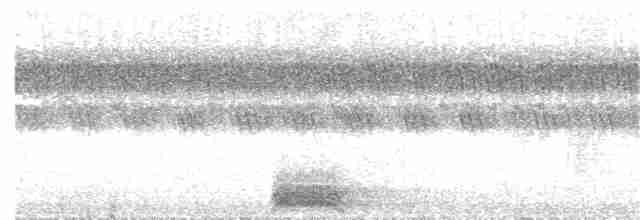Moluccan Scops-Owl Otus magicus Scientific name definitions
- LC Least Concern
- Names (21)
- Subspecies (7)
Guy M. Kirwan, Denver W. Holt, Josep del Hoyo, Nigel Collar, Regan Berkley, Caroline Deppe, Paula L. Enríquez, Julie L. Petersen, José Luis Rangel Salazar, Kelley P. Segars, and Kristin L. Wood
Version: 2.1 — Published October 25, 2022
Revision Notes
Revision Notes
Sign in to see your badges
Species names in all available languages
| Language | Common name |
|---|---|
| Catalan | xot de les Moluques |
| Czech | výreček molucký |
| Dutch | Molukse Dwergooruil |
| English | Moluccan Scops-Owl |
| English (UK) | Moluccan Scops Owl |
| English (United States) | Moluccan Scops-Owl |
| French | Petit-duc mystérieux |
| French (France) | Petit-duc mystérieux |
| German | Molukken-Zwergohreule |
| Indonesian | Celepuk maluku |
| Japanese | モルッカコノハズク |
| Norwegian | trollugle |
| Polish | syczek molucki |
| Russian | Молуккская совка |
| Serbian | Molučki ćuk |
| Slovak | výrik molucký |
| Spanish | Autillo Moluqueño |
| Spanish (Spain) | Autillo moluqueño |
| Swedish | moluckdvärguv |
| Turkish | Maluku İshakkuşu |
| Ukrainian | Сплюшка серамська |
Revision Notes
Guy M. Kirwan revised and standardized the content with Clements taxonomy. Peter Pyle contributed to the Plumages, Molts, and Structure page. Leo Gilman copy edited the account. Arnau Bonan Barfull curated the media.
Otus magicus (Müller, 1841)
PROTONYM:
Strix magica
Müller, 1841. Verhandelingen over de natuurlijke geschiedenis der Nederlandsche overzeesche bezittingen, Zoologie Land-Volk. pt4, p.110,note.
TYPE LOCALITY:
Amboina.
SOURCE:
Avibase, 2023
Definitions
- OTUS
- otus
- magica / magicus
The Key to Scientific Names
Legend Overview
UPPERCASE: current genus
Uppercase first letter: generic synonym
● and ● See: generic homonyms
lowercase: species and subspecies
●: early names, variants, misspellings
‡: extinct
†: type species
Gr.: ancient Greek
L.: Latin
<: derived from
syn: synonym of
/: separates historical and modern geographic names
ex: based on
TL: type locality
OD: original diagnosis (genus) or original description (species)

- Year-round
- Migration
- Breeding
- Non-Breeding
Distribution of the Moluccan Scops Owl























